|
ESPFFTC - LOWER BODY FLEXIBILITY ONLINE SEMINAR.
Welcome to ElasticSteel Professional Fast Flexibility Training Certification. (ES-PFFTC) GREAT NEWS! THIS SEMINAR IS NOW AVAILABLE LIVE ONLINE! Take this one of a kind Online Certification Course in the comforts of your own home! Let us come to YOU! Get MAXIMUM benefit of not having to travel anywhere, and being in a class of only up to 10 people. Let our qualified instructors teach you the ropes of ES-PFFTC and have your clients jumping through hoops to get in line for YOUR expertise! What are kinesiological stretching and how are they different from many other forms of stretches already on the market? One phrase: Kinesiological Stretching go with the grain, other stretches go against the grain or partially against the grain. When you saw wood, you can saw anyway you want, but it's best to go with the natural design. When you stretch, the same thing happens. You can stretch anyway you want, but to get fast results, without the mess, it's best to go the way mother nature intended it. Each muscle has a specific line of pull. Traditional stretching such as yoga or sport stretches, only partially go with the natural line of pull. The reason for this, is because they try to expand a specific movement or a posture. To achieve those, multiple muscles need to stretch. No two muscles do exactly the same thing, thus you stretch each one only partially. Kinesiological stretching focuses on muscles. Each specific muscle does something unique. Isolating the muscle not only allows to focus on it, but also to use it's various actions to create space for each other, hastening the stretching and elongation process. On top of that, kinesiological stretching allow application of other modalities, making them much more effective. (Isometric Stretching, PNF, Reciprocal Inhibition, Extended Length Conditioning). To polish it off, it allows for various modalities to be applied at the same time, so that flexibility gained from one, transfers right into another. Although Kinesiological Stretching is enough to make ElasticSteel-Professional Fast Flexibility Training Certification a worthwhile course. Paul also goes deep into his own knowledge of acute and chronic cause of tightness and how to deal with them. Many of these factors are common, but not very well known outside small circle of flexibility specialists. Furthermore, ES-PFFTC is not just a bag of fish, but a fishing rod. You learn how to approach each client individually. How to continue applying the modalities and expanding your horizons. Novice trainers are taught sample effective kinesiological stretching routines and combinations. These routines are used to get experience with flexibility training, prior to applying more advanced techniques and modalities taught in the certification. Here is what ES-PFFTCwill do for you and your clients:
The biggest issue with flexibility training is that it's painfully slow. Yes, both "painful" and "slow". One of these is enough to discourage a practitioner but both of these together, is the reason why so many people are still very rigid today. Some of the latest flexibility gaining techniques such as PNF and Isometric Stretching are a bit faster and not exactly a painless walk in the park. Granted, there are hundreds of books that explain the just mentioned techniques in detail yet, most users are still as tight as they have ever been. As all of you know here at ElasticSteel we test everything before we present it to you and so we have tested a group practicing the system taught in ES-PFFTC against 4 groups:
We tested for 9 ROMs, after 1 month 3 times a week training sessions. (12 sessions)
The group practicing the system taught in ES-PFFTC has shown much greater improvement than the other 4 groups. At the same time very little soreness and discomfort was reported. If you ever Faster Healing and Recovery from training. This one was a pleasantly surprising side effect that we discovered along the way. People practicing the system, reported faster recovery from their sports training, regardless if it was body building, volleyball, martial arts, etc. Retrospectively we realized the reason why. The more flexible one is the less muscular effort is required to perform a skill. May it be a front kick, an overhead throw or a shoulder press; less effort mean less soreness, and faster recovery. Better overall health and wellbeing. The exercises taught in ES-PFFTC don't only make your muscles more flexible, but also more relaxed. This concept has been known in China and India for thousands of years. As energy flows through the body, any disruption of the flow will cause ill health. Muscular tension of the primary way, the energy flows is blocked. Depending on where the blockage takes place, certain ailments will correspond. The exercises shown in ES-PFFTC system allow the energy to flow freely. This allows the body's own intelligence to use the energy for healing and restoration. Great
feeling of freedom One of the greatest freedoms you can ever feel is the freedom of natural movement. No restrictions on what your body can do. No stopping on where your limbs can go. Simple example of freedom of movement is squatting all the way down with your heels on the floor, without losing posture. Picking something from the floor, without having to bend and endanger your back, or reaching with your arm behind your back just to scratch an itchy spot. No pain, no restriction, just easy free movement. Improved athletic performance. Most common misconception is that only certain athletes need flexibility. When thinking of flexibility, which athletic activities do you think need free Range of Motion? Most common answers would be, dance, gymnastics, martial arts, figure skating, and the like. Throwing and overhead sports such as baseball, javelin, and football may also be listed for their obvious upper body flexibility requirements. However, there is no physical activity whose performance can't improve as a result of increased Range of Motion. The video below illustrates this point. Awareness of ones own body. Flexibility is like money. Having it is great, but you get the real benefit when you use it. To be able to actually enjoy your flexibility, you need to develop awareness. The largest problem for people who become flexible in their 20's, 30,'s and all the way up to 80's and even 90's is that they lost the so called "feeling in their bodies". A good example of this sometimes happens in physical therapy. Through various modalities a therapist increases patient ROM, beyond their normal range. So now the flexibility is there, but it can't be used, it can't be enjoyed. The person hasn't been in these ranges for many years (if ever) that they can't go into those ranges unassisted by themselves and they can't get out of them. Not to mention function while there. What good is your ability to bring your arm straight over your head, if the only way it can happen is with therapist manual assistance. Now you have the Range of Motion to reach up to the top shelve to get something, but you don't have the awareness of how to do it. You can't lift your arm up there, although you have the flexibility to do so. You can't grab a box of pasta and bring it down. Your new flexibility is useless and soon to be lost. This is an everyday example, but applies just a well to athletes who have don't have the awareness. For this reason, ES-PFFTC system brings the awareness with every new degree of flexibility gain. Also, it's important to understand that becoming more aware helps to accelerate the flexibility gains in return.
Let's look at some of the component of this system: Kinesiological Stretching using Leverage Systems of Target and Leverage.: Kinesiological Stretching a Trademarked and Copywrited concept, developed through ElasticSteel research by Paul Zaichik. The techniques used are almost impossible to describe without showing, simply because there is nothing to compare them to. Nothing like this has ever existed before. The purpose of Kinesiological Stretching techniques is to avoid the stretch reflex, while increasing the range of motion of a specific muscle. This is strikingly different from previously known stretching techniques, which look to increase the ROM in a specific degree of freedom of a joint or group of joints. (Hip Flexion, shoulder rotation, neck extension, etc.) Kinesiological stretching simultaneously increases the flexibility of a muscle in all its actions, using the reversible system of targets and leverages. This allows the stretch reflex to be avoided. Using other techniques in ES-PFFTC, all the muscles used in specific movement or restricting a specific movement are then moved together, being first lengthen individually. Extended Length Conditioning This technique of movement of the
targeted muscle Reciprocal Inhibition This concept has been around for at least a few decades, as specific technique to stretching. However it's been hardwired into our muscloscleletal system forever. ElasticSteel reserch has perfect this method. Correct breathing, length of time, number of repetitions, angles of pull, for each muscle groups etc.
This concept has also been around for a decade or so. In the past is has been very general, and still effective, despite it's lack of specificity. Adductors for examples were known to assist in flexion of the hips, so the former were stretched first. We have taken this method further, isolating each of the muscles. The sequencing is build into Kinesiological Stretching, making the later even more effective. Pressure Release Since its early days, ElasticSteel flexibility program contained different forms of pressure applications, such as massage, acupressure, rolling, etc. Massage has been tested to improve the effectiveness of any stretch, even a basic relaxed stretch. However, there are many different ways to apply the pressure. Our method teaches hands free, gravity driven ball massage, directed through points known to store tension. Breathing,
Relaxation and Visualization These three techniques come from Yoga. Even relaxed stretches become effective, when the breath and mental focus become one with the intention of the exercise. ElasticSteel has experimented with various breathing techniques, as well as visualization and relaxation techniques testing them for their effectiveness in rapid flexibility gains. In ES-PFFTC, we teach what our research has found to be the most effective mental components of stretching. Put As you have heard this and probably witnessed, the whole is greater than sum of its parts. Each of the above components can do wonders, but together they drive flexibility gains with rapid speed. Each one making the other more effective and in turn becomes more effective itself in getting you flexible-fast! Join the ES-PFFTC revolution today! Sign up for the ES-PFFTC Seminar!
A few years ago I had my quads completely torn off of my right knee. It was took a long while to get my knee to bend and for the scar tissue formed to allow movement. i have been trained in many stretching modalities and with much pain, was eventually able to get my leg to perform at %70. I noticed you had come up with an Advanced approach to stretching called Kinisiological Stretching. I have always been a big fan of your work and knew you had already produced the best material on stretching so I decided without hesitation to learn this new method. I must say that yet again, you have pushed the envelope! This method is by far the quickest and most advanced form of stretching. In just a few days I have already noticed a considerable gain in flexibility in what was once "frozen" areas. Thank you so much for taking stretching to its scientific limit and sharing with us your vast knowledge and understanding of the human body! |













 The
#1 Benefit of this System is FAST FLEXIBILITY.
The
#1 Benefit of this System is FAST FLEXIBILITY. 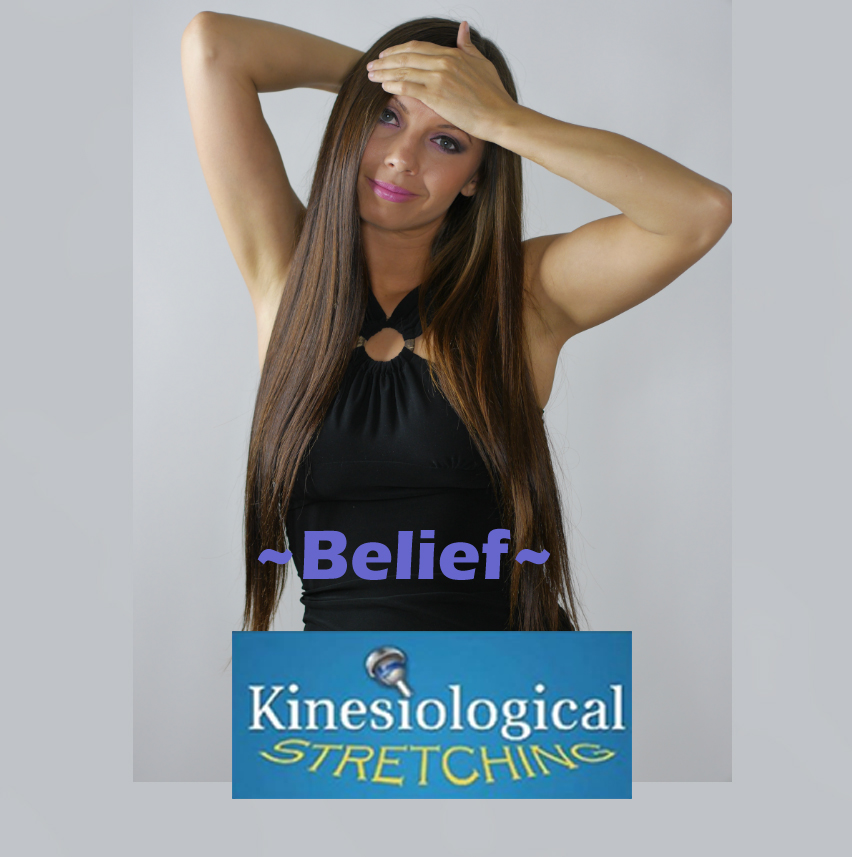

 How
is ES-PFFTC
How
is ES-PFFTC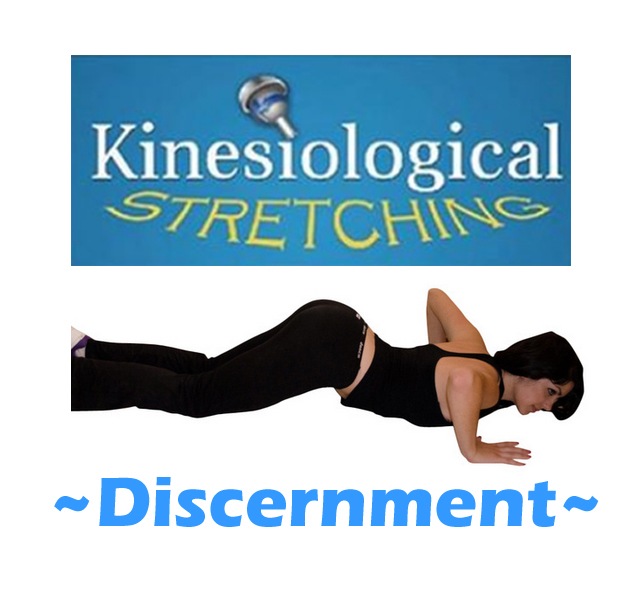
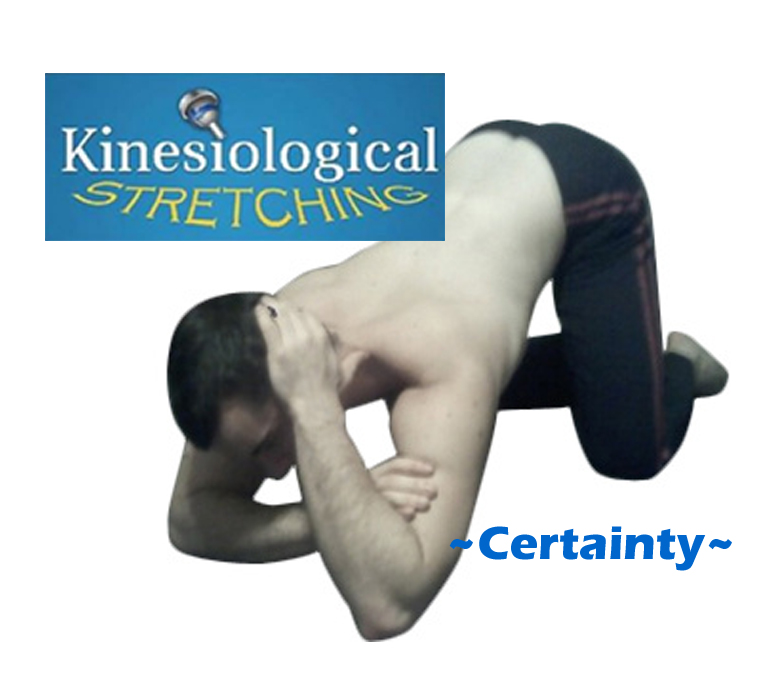 Muscle
sequencing
Muscle
sequencing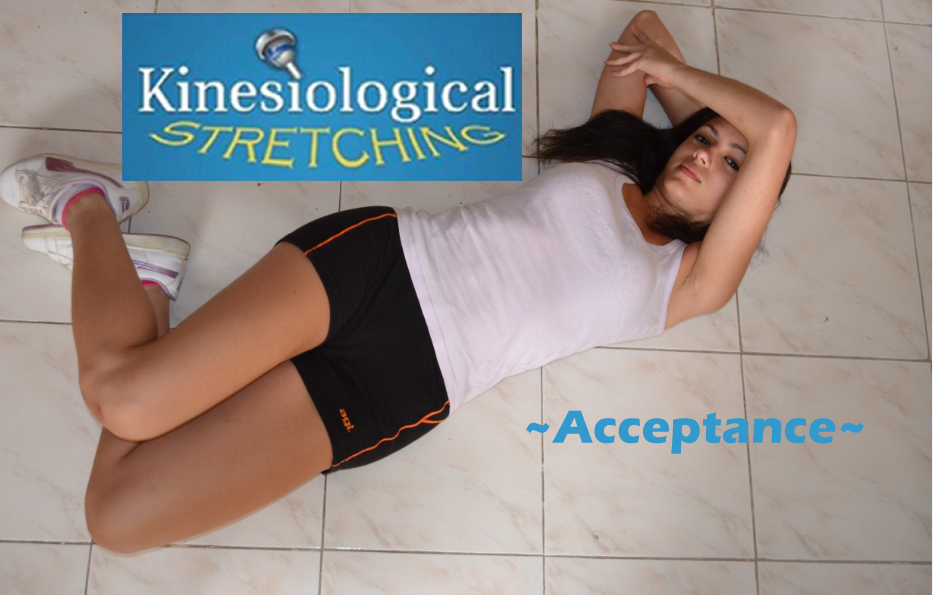
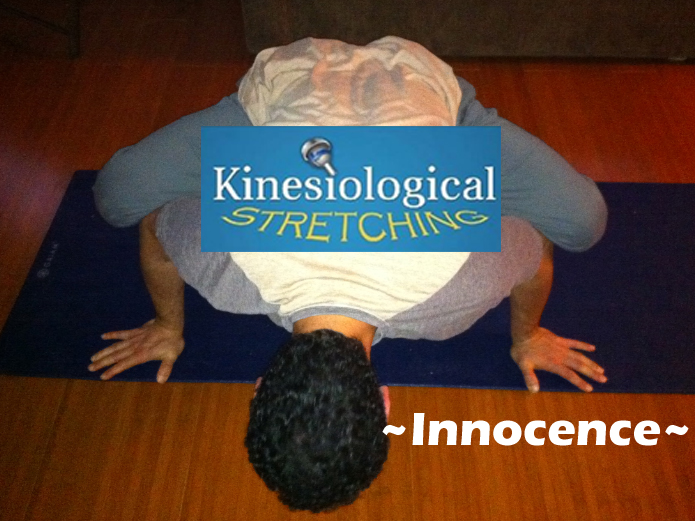
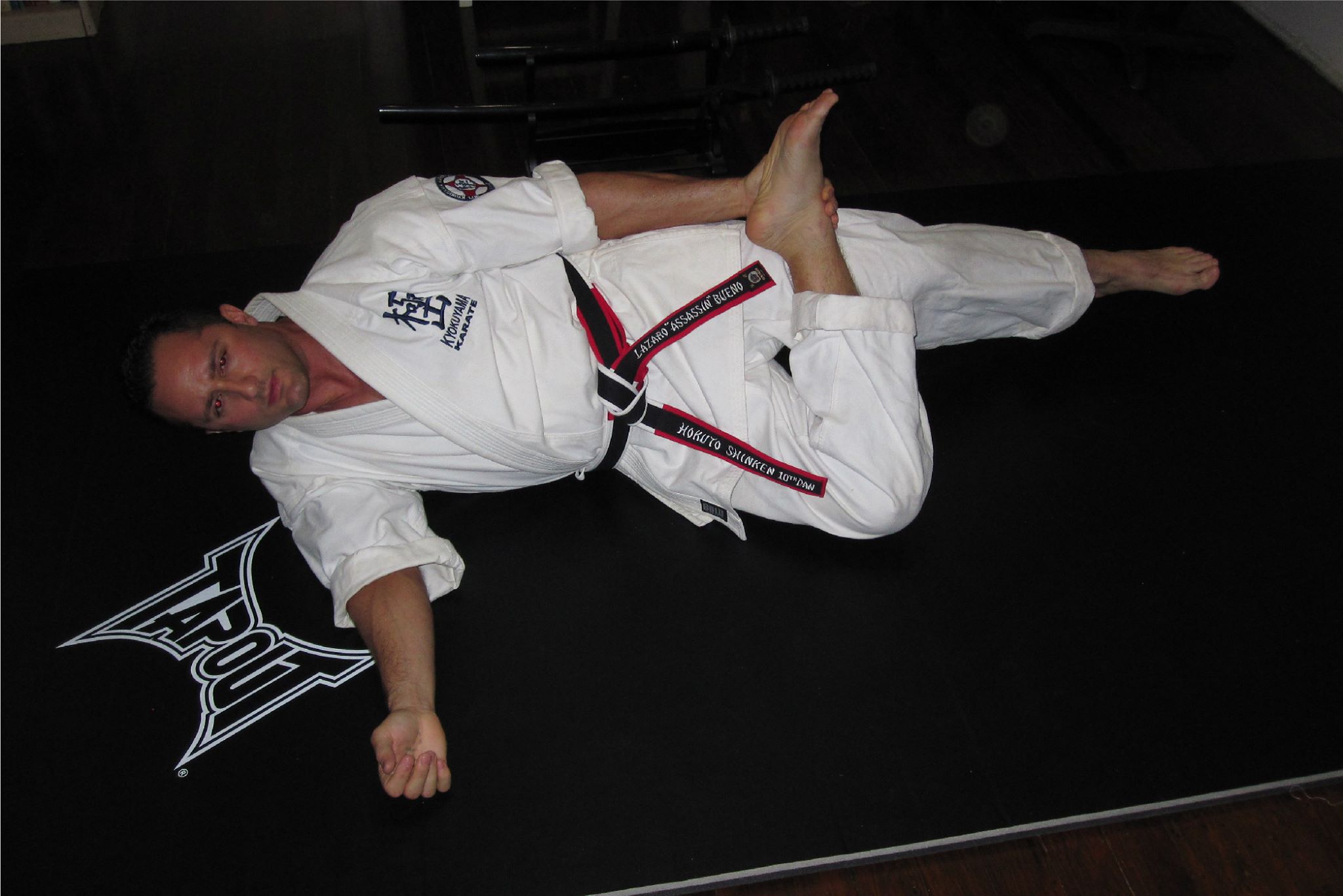 Hello My name is Lazaro Bueno and I had the honor of taking your certification seminar this past weekend. I am a Bodyguard, martial Arts Instructor and Neuro Muscular Therapist.
Hello My name is Lazaro Bueno and I had the honor of taking your certification seminar this past weekend. I am a Bodyguard, martial Arts Instructor and Neuro Muscular Therapist.